
5 minutes read
Laravel Volt: simplify how you write Livewire components
Table of contents
Introduction
Laravel Volt was introduced in Laracon US 2023. The package brings single-file components à la Vue.js to Livewire v3.
This is a step-by-step tutorial to help you quickly get started with this elegant addition to the Laravel ecosystem.
Please understand that to be able to follow this tutorial, being familiar with class-based Livewire v3 components is necessary.
What is Laravel Volt?
Laravel Volt is a way to write single-file Livewire v3 components by leveraging a new declarative API.
If you are familiar with JavaScript frameworks like Vue.js, you know what I’m talking about.
For the others, don’t worry, you’ll get it once you see it!
How to install Laravel Volt
First, install Laravel Volt using the following command:
composer require livewire/volt
Note that Volt is under the livewire namespace, not laravel.
Then, install the necessary boilerplate to make Laravel Volt work:
php artisan volt:install
This will create VoltServiceProvider.php in app/Providers and register it in your config/app.php file.
How to create a basic newsletter component
To create a component, use the make:volt command:
php artisan make:volt Newsletter
This will spawn a new file in ./resources/views/livewire/newsletter.blade.php.
Before we continue, did you know that you can also create tests simultaneously? Just pass the --test option. You can even ensure it’s a Pest test by passing --pest instead of --test.
php artisan make:volt Newsletter --test --pest
A test will be created in tests/Feature/Livewire/NewsletterTest.php. But we’ll get back to it shortly!
Now, let’s take a look at our Volt component. Don’t worry; I will detail every line of code.
<?php use function Livewire\Volt\{rules,state}; state([ 'email' => '', 'done' => false, ]); rules([ 'email' => 'required|email', ]); $submit = function () { $this->validate(); // Subscribe the user. $this->done = true; }; ?> <div> @if ($done) <p>Thank you for subscribing!</p> @else <form wire:submit="submit"> <input type="email" wire:model="email" required /> <button> Subscribe </button> </form> @error('email') <p>{{ $message }}</p> @enderror @endif </div>
This Volt component aims to subscribe people to our newsletter without sending them to another page. We want the process to feel fast and modern.
- We create the form in a classic Laravel-fashion.
- We display validation errors.
- We intercept the submit action: Instead of using
method="POST" action="/some-uri", we bind the submit action to a Livewire function we will define. - We bind the value of our input field to an
emailstate property we will define. - We conditionally display a confirmation message thanks to another state property we will define.
- We define our state properties: this is done in a PHP code block at the top of the file. The state properties are
emailanddone. - We validate the email property. Our component must be secure and not store junk data in the database.
- We define a submit function that will be called when the form is submitted. Inside, we validate the user’s input based on the previously defined rules, subscribe the user, and set the
donestate property totrue, which will trigger the confirmation message.
Make sure everything works in your browser, and let’s see in the next section how to test that this Volt component behaves as expected.
Keep using class-based components in a single file
If you have a big Laravel project that you want to slowly transition to Volt, you have the possibility of using your existing class-based Livewire v3 components inside your single-file component.
Here’s the newsletter that we created in the previous section, but class-based:
<?php use Livewire\Volt\Component; new class extends Component { public $email = ''; public $done = false; $rules = ['email' => 'required|email']; public function submit() { $this->validate(); // Subscribe the user. $this->done = true; }; }; ?> <div> @if ($done) <p>Thank you for subscribing!</p> @else <form wire:submit="submit"> <input type="email" wire:model="email" required /> <button> Subscribe </button> </form> @error('email') <p>{{ $message }}</p> @enderror @endif </div>
How cool is that? And people not happy with the new declarative API will certainly be happy about class-based single file Volt components.
How to test our basic newsletter component
This hasn’t changed much if you are already familiar with writing Livewire tests. Let’s review how I wrote this test:
use Livewire\Volt\Volt; it('can render', function () { $component = Volt::test('newsletter'); $component // Test the initial state of the component. ->assertSet('email', '') ->assertSet('done', false) // Simulate the user entering an email address. ->set('email', 'homer@simpson.com') // Simulate the user submitting the form. ->call('submit') // Test the state properties have changed. ->assertSet('email', 'homer@simpson.com') ->assertSet('done', true) // Test the confirmation message is displayed. ->assertSee('Thank you for subscribing!'); // There, you can also test that the user has been subscribed successfully. });
- We render the component using
Volt::test('newsletter'). - We test the initial state for the expected values.
- We simulate the user’s input and action.
- We test for the expected state.
- We test for the expected confirmation message to be displayed.
- We test that the user has been successfully subscribed.
All good? Now run php artisan test and enjoy the greenery and confidence tests give you!
Learn more about how to test Volt components on the official documentation.
Laravel Volt presented by Taylor Otwell
Oh, before I leave, I wanted to share with you the video from Laracon US where Taylor Otwell himself unveils and demos Laravel Volt (skip to 40:32). Enjoy!
Did you like this article? Then, keep learning:
- Learn how to add Alpine.js, a helpful companion to Laravel
- Understand how to test Livewire components effectively, similar to Volt testing
- Learn about the official video presenting Laravel Volt by its creator
- Fix common error related to Livewire static resource loading
- Enhance Laravel apps mimicking SPA with Livewire v3 wire:navigate feature
- Improve Livewire performance by preventing unnecessary re-renders
- See how to write tests for Livewire Volt components using Pest and PHPUnit
- Master Laravel's Artisan command tool, relevant for using Volt artisan commands
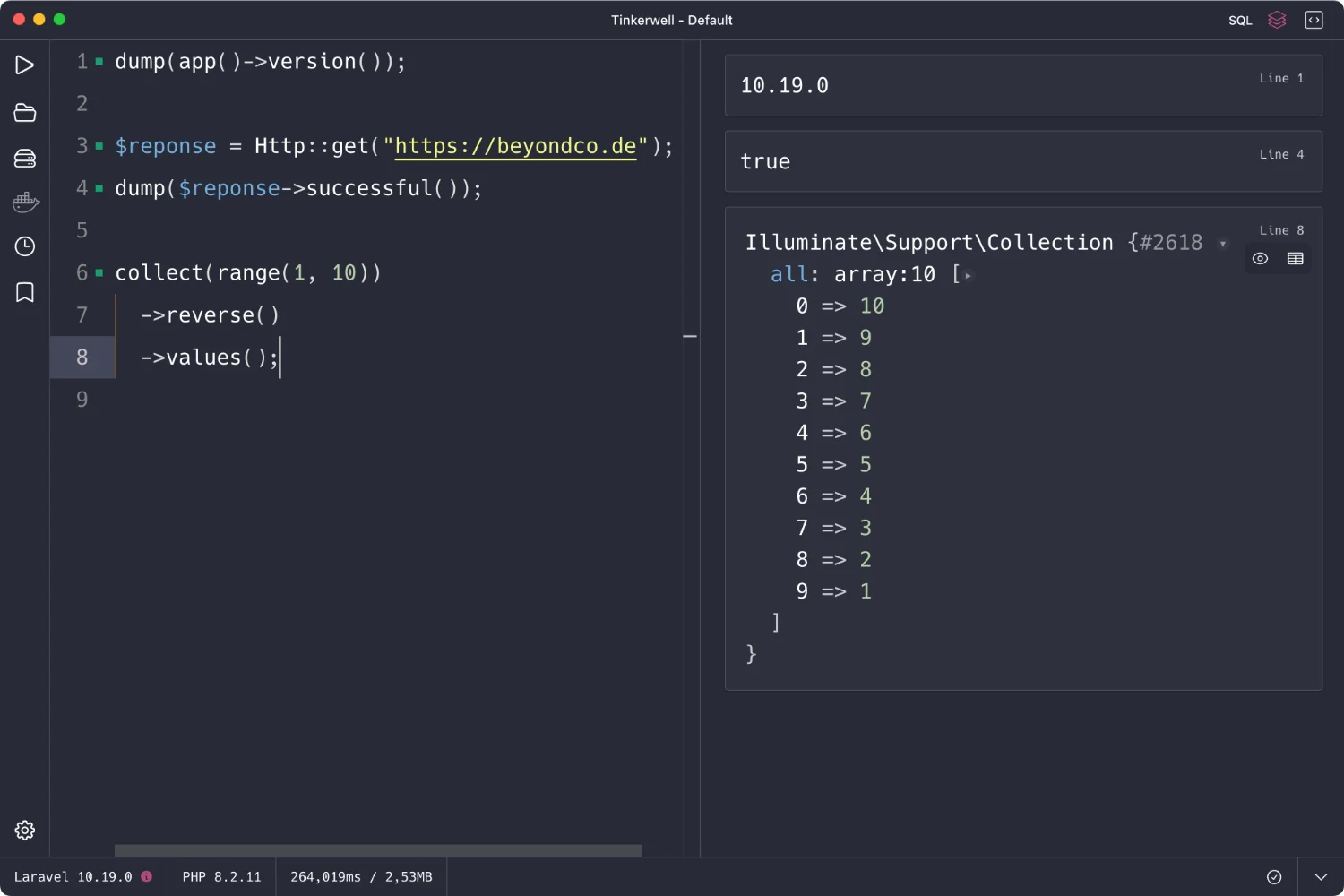
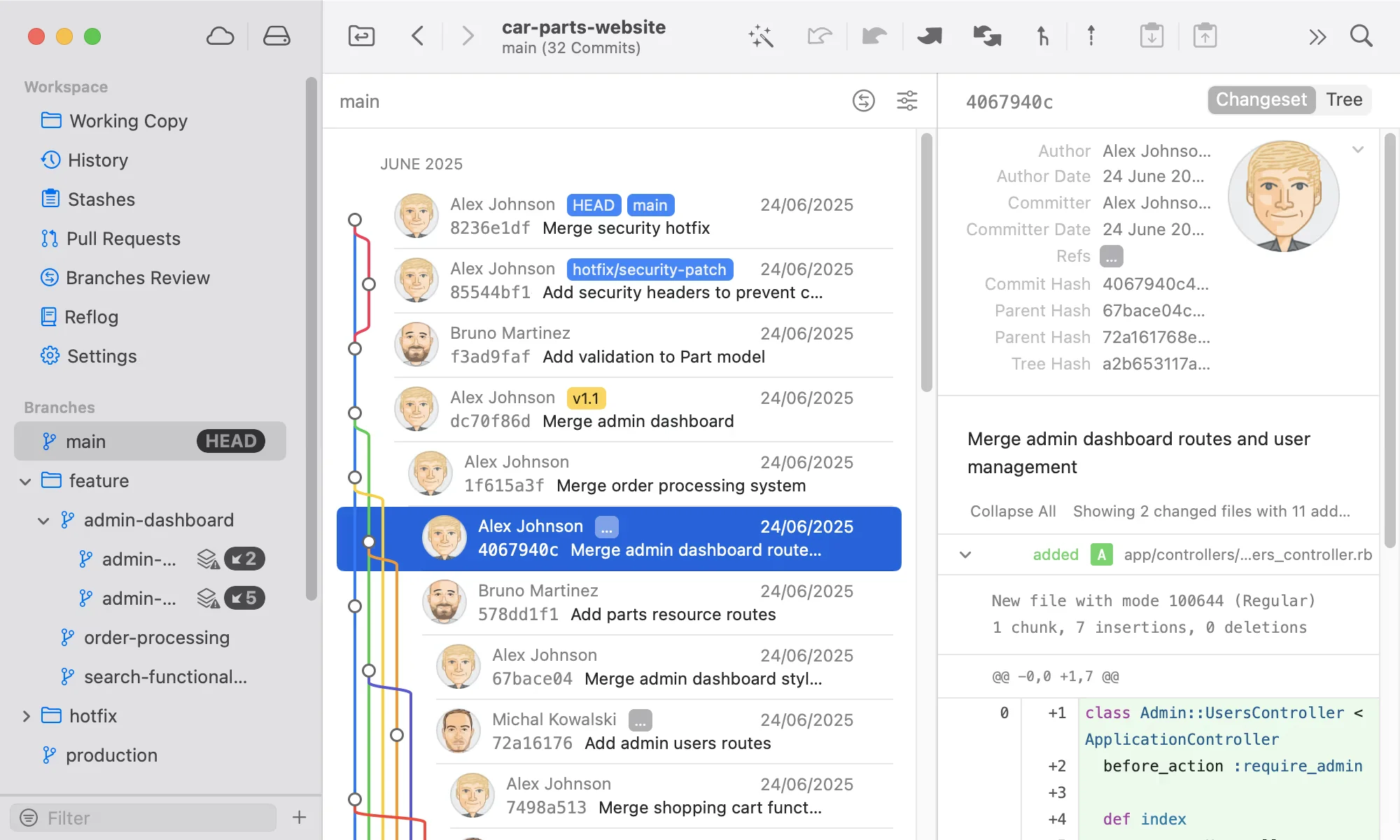
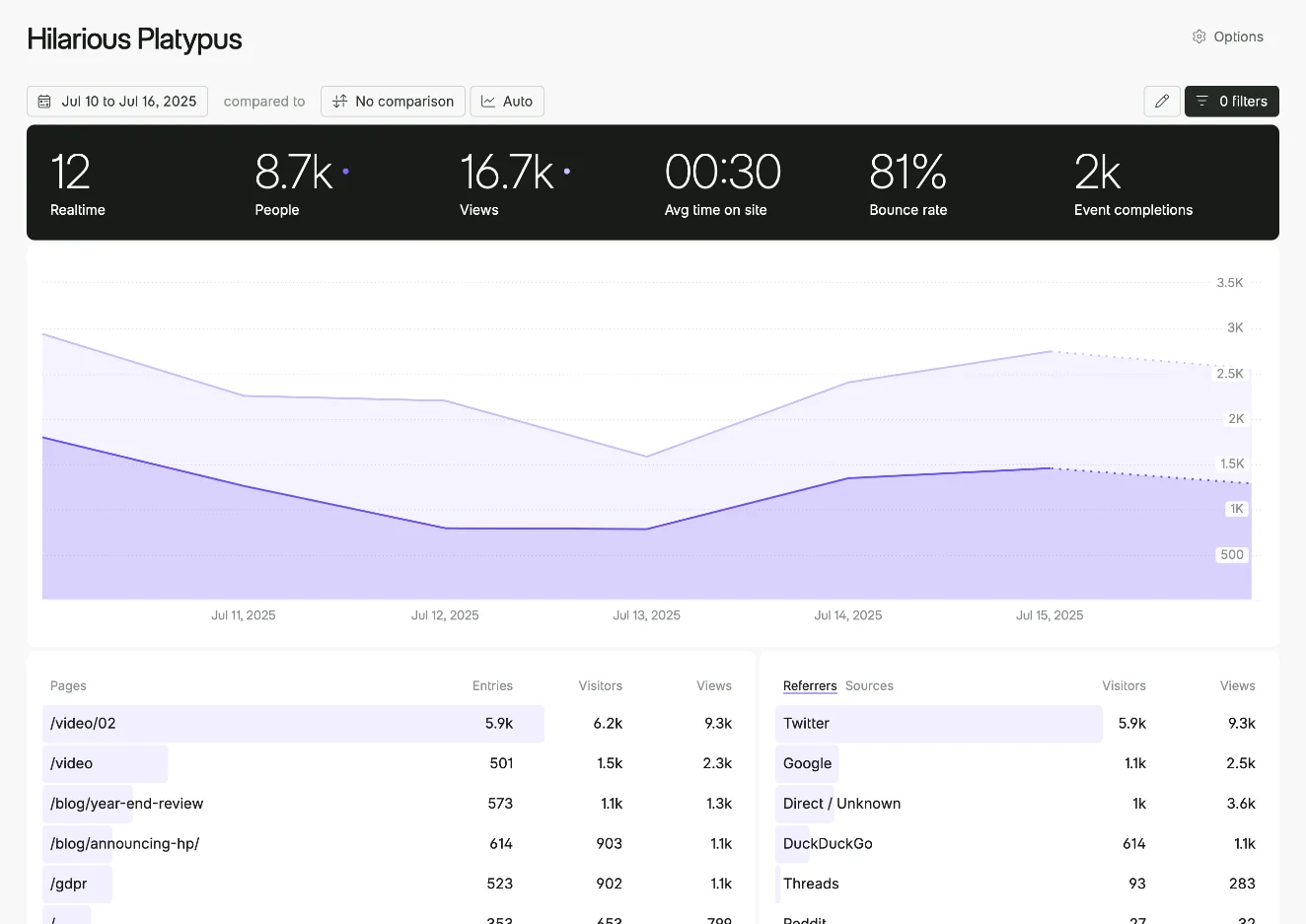
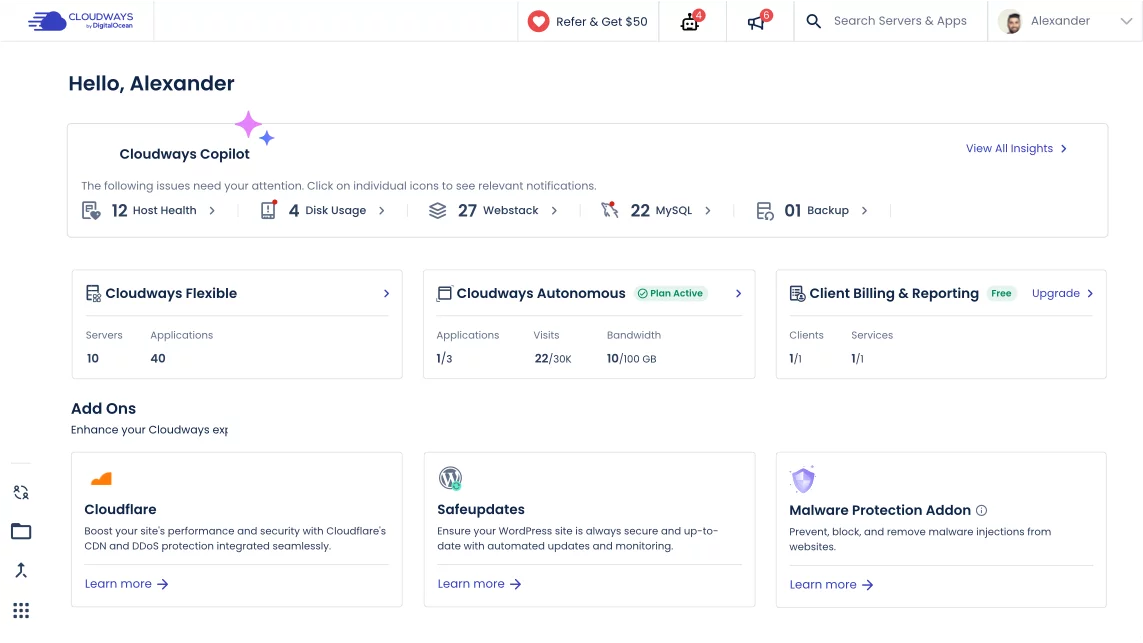

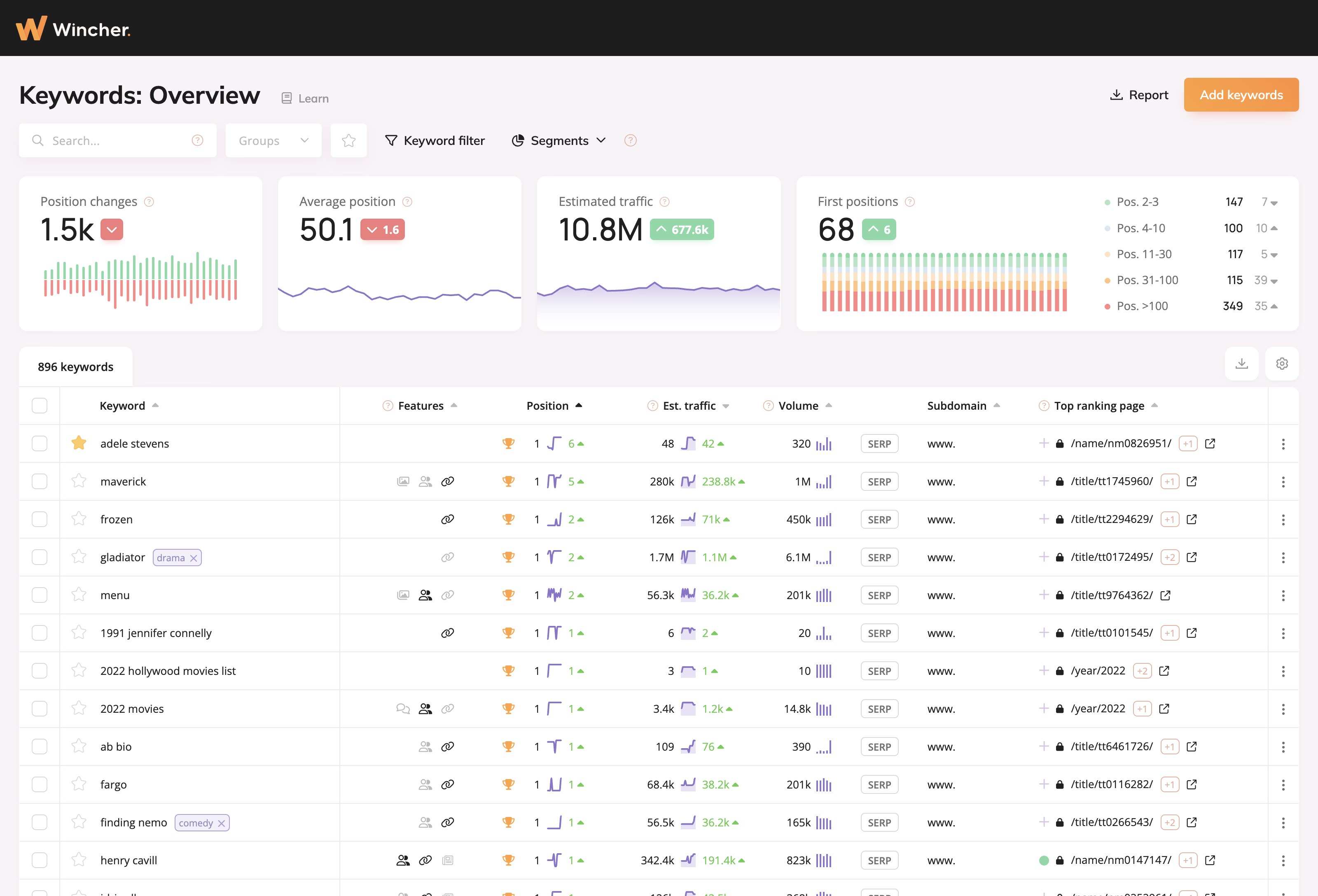
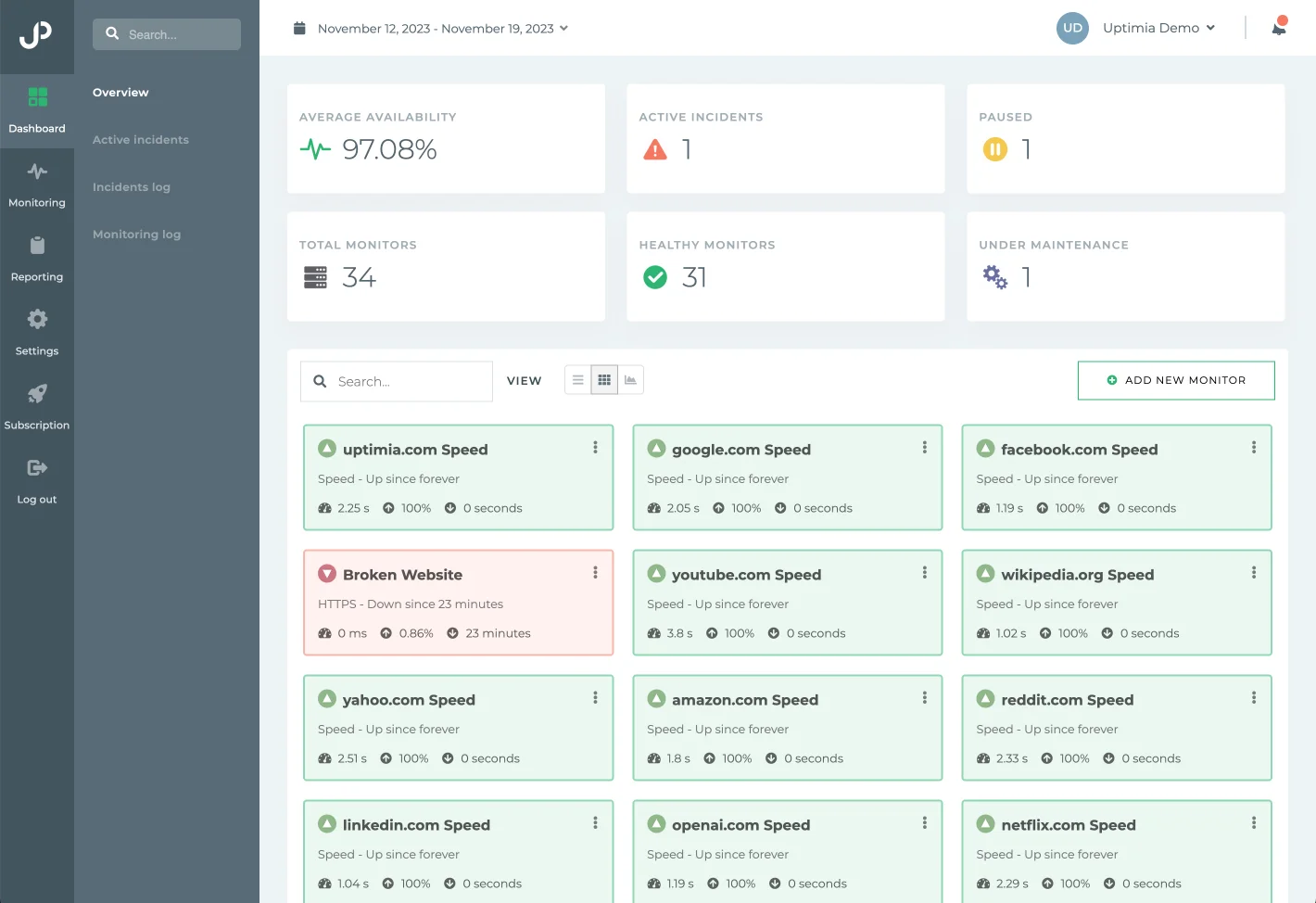

5 comments
Hi, thank you for great article. I have question. How can I format php code inside Volt component with laravel/pint?
Good question! I have no idea and even 8 months after your comment, there's still no solution.
Finally got solution
inside volt service provider just added a different path specific to the volt. In my case it is
views/livewire/voltAnd remove main livewire resources path
views/livewireMake a volt file using artisan command
Inside route file
Clear cached view
Thanks for sharing your solution!
your laracast post inspired me to use volt and livewire3.
I have upgraded to livewire 3 from livewire 2. having a lot of livewire component
Want to use
Volt.But getting error in regular page/livewire page while adding
App\Providers\VoltServiceProvider::classinconfig/app.phpprovidersarray.Normal error like
Undefined variable. Despite being variable defined.for Example:
In a blade file I assigned a variable
$hello = 'world'.In very next line I am printing
echo $hello.Output
undefined variable $hello.just after adding
App\Providers\VoltServiceProvider::classclass.If I comment/delete this provider from provider array everything working as expected